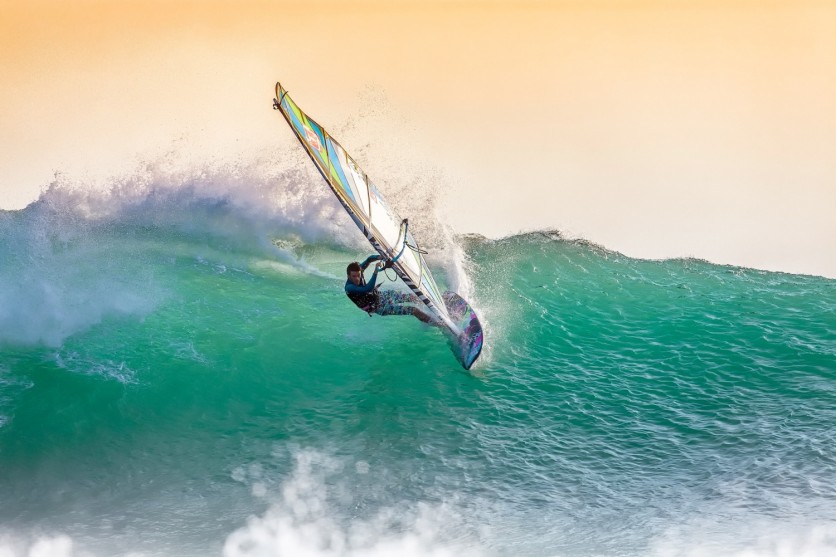In maritime lore, the existence of monstrous rogue waves has long been regarded as the stuff of myth. Yet, these giant waves, capable of tearing ships asunder and wreaking havoc on oil rigs, are not far from being real.
Leveraging a staggering 700 years' worth of wave data, scientists from the University of Copenhagen and the University of Victoria have harnessed the power of artificial intelligence (AI) to unlock a formula predicting the occurrence of these maritime giants, potentially transforming the safety landscape of shipping.

AI Predicting Rogue Waves
Dion Häfner, a former PhD student at the Niels Bohr Institute and the study's lead author, emphasized the multifaceted nature of rogue waves, saying, "Basically, it is just very bad luck when one of these giant waves hits. They are caused by a combination of many factors that, until now, have not been combined into a single risk estimate."
"In the study, we mapped the causal variables that create rogue waves and used artificial intelligence to gather them in a model which can calculate the probability of rogue wave formation," Häfner added.
The study introduces a mathematical model that deciphers the intricate patterns governing when and how rogue waves materialize. By tapping into vast amounts of big data on ocean movements, the researchers can now predict the likelihood of encountering these maritime monsters at any time during sea travel.
The core of their model integrates diverse data on ocean movements, sea states, water depths, and bathymetric information.
Crucially, wave data from buoys strategically positioned in 158 locations worldwide, collecting continuous data 24/7, contributed to a dataset encompassing more than a billion waves. This extensive dataset spans an impressive 700 years, offering insights into wave height and sea state.
'Linear Superposition'
Johannes Gemmrich, the study's second author, highlighted the prevalence of abnormal waves in their analysis.
"Our analysis demonstrates that abnormal waves occur all the time. In fact, we registered 100,000 waves in our dataset that can be defined as rogue waves. This is equivalent to around 1 monster wave occurring every day at any random location in the ocean. However, they aren't all monster waves of extreme size," Gemmrich noted.
The study also diverges from the belief that rogue waves primarily result from the brief combination of two waves stealing energy from each other. Instead, the researchers identify "linear superposition" as the dominant factor.
Dating back to the 1700s, this phenomenon occurs when two wave systems cross over each other, briefly reinforcing one another. The practical implications of this research extend to the shipping industry, which boasts approximately 50,000 cargo ships navigating the world's oceans at any given time.
The algorithm developed by the researchers provides a tool for shipping companies to assess the risk of encountering rogue waves along planned routes, enabling them to make informed decisions that enhance safety.
Crucially, the algorithm and research findings are publicly accessible, opening the door for public authorities, weather services, and other interested parties to calculate the probability of rogue waves. The research team's findings were published in the journal PNAS.
Related Article : AI Is Making Dams Smarter, More Effective-Here's How

ⓒ 2025 TECHTIMES.com All rights reserved. Do not reproduce without permission.




